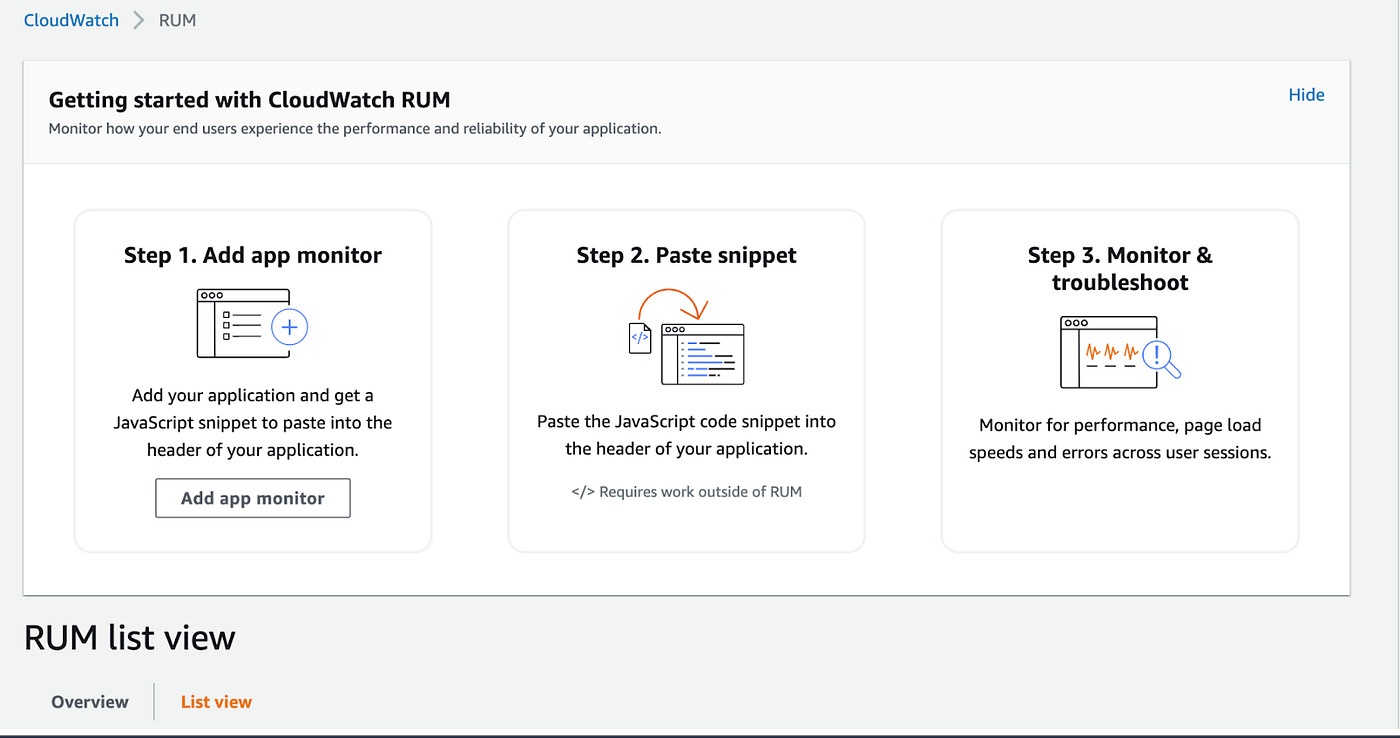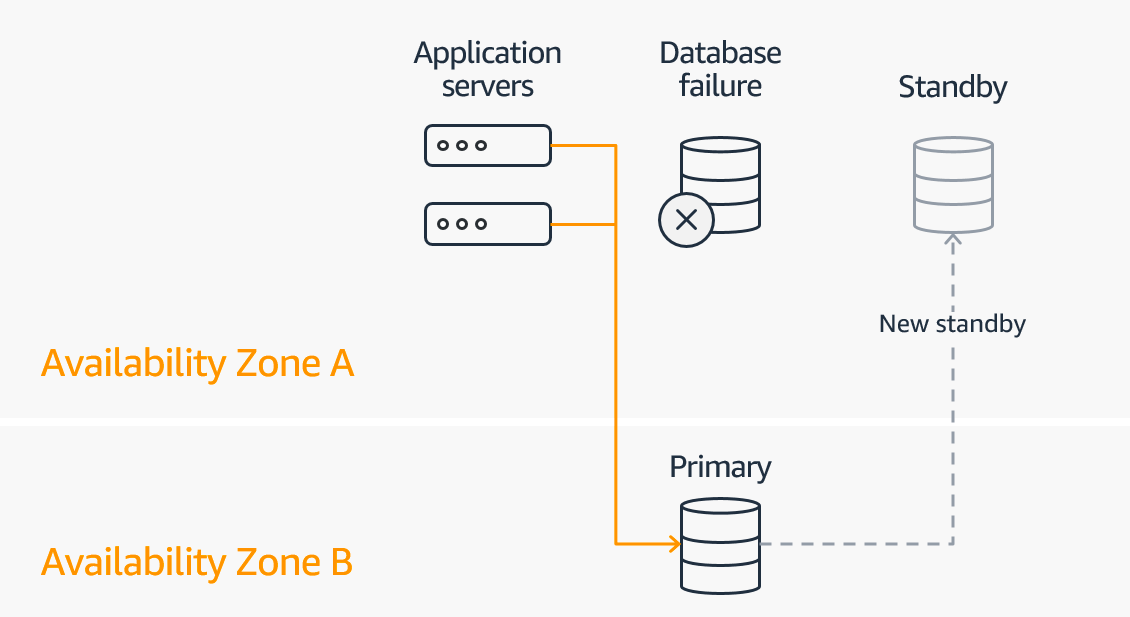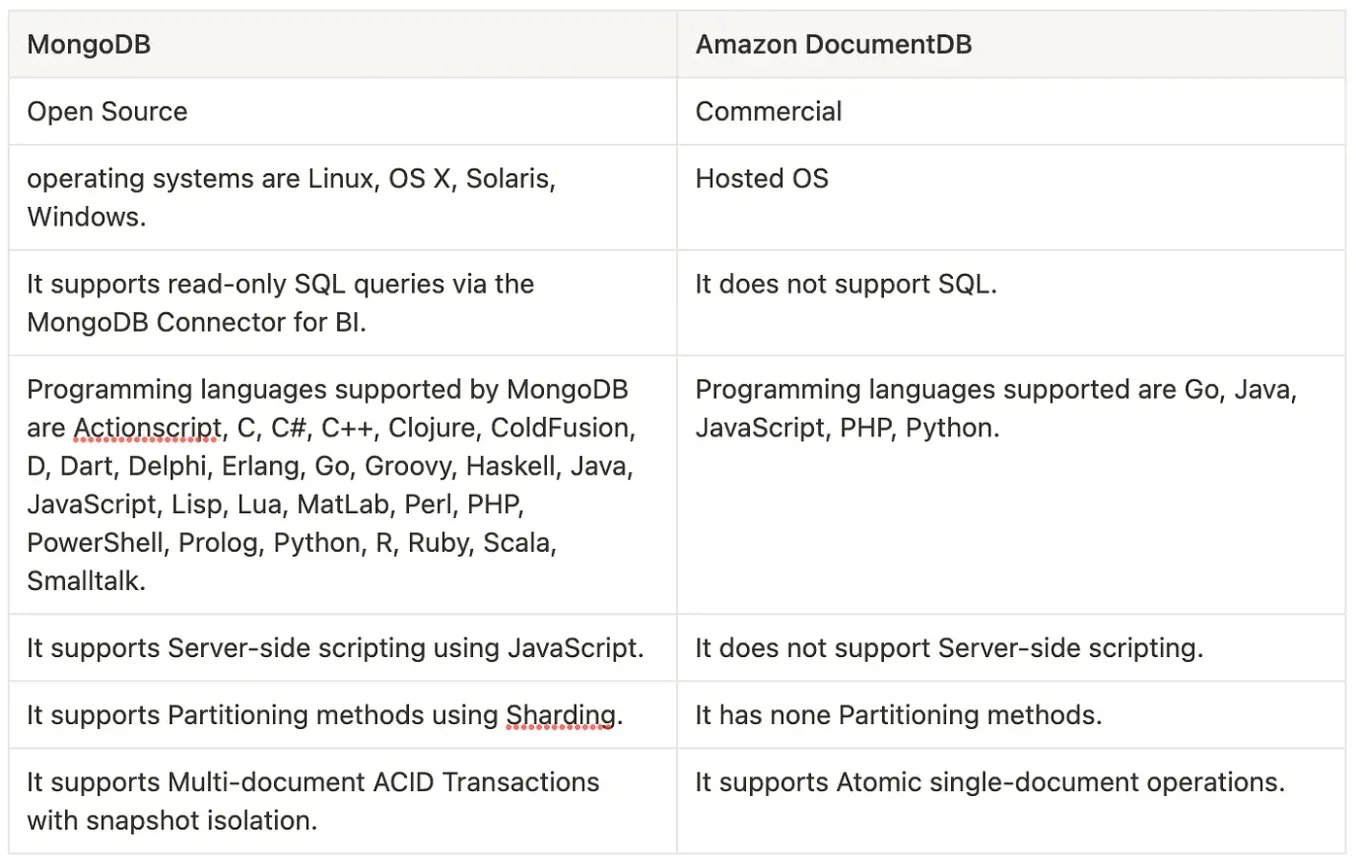What is it and Why is it Imperative?
Resilience in the cloud is a term used to describe the ability of servers, storage systems, data servers, or entire networks to stay functional without losing their operational capabilities. Though the definition might sound primitive, it does take a great level of planning and execution to integrate resilience in your applications and other workloads which are hosted in the public clouds.
Let's see why is it a gargantuan task for any IT organization to build and host a resilient architecture without burning their wallets, let alone the cost, in some cases, despite the huge investments, chronic outages still continue to haunt the organizations!!
Searce being an AWS advanced consulting partner, as well as a Migration competency partner, here we share some of the best practices we follow while we design and build robust AWS architectures for our customers.
To bring in resilience into your application and other workloads hosted on cloud, some of the essentials measures that must be taken into account are:
Design a redundant architecture
By having multiple servers or database services across the availability zones or data centers, one can reduce the impact of any unforeseen outages at some of the servers and applications. Though this does not guarantee you 100% uptime, this can reduce the customer impact to a great extent.
Awareness of fast evolving threats
In the cloud, we should never plan to prevent and mitigate yesterday's problem, meaning we shouldn't be just focussed on the known threats, we must be prepared for the unknown security threats. Cloud is dynamic, so should be the people who manage workloads on Cloud day in and day out. It is essential to test for a variety of scenarios, likely and unlikely to impact your business.
Avoid single point of failure
When we use a single server or database to serve multiple requests, there is a possibility the server may be overloaded and can experience performance issues. To address this, customers should prefer a distributed server setup, however, now comes a new challenge, more servers means more complex architecture and configurations. Leverage the load balancing services to distribute traffic to multiple backend endpoints, with proper health probe configurations, modern load balancers can route all requests to healthy nodes while we fix the unhealthy ones
Implement best monitoring tools and practices
By using the right tools, monitoring and observability can help us address the anomalies before they become an IT back breaking problem. This not only prevents any unexpected outages, but can cost dearly on customer experience as well the business reputation. Monitoring and observability plays one of the most important element in building a resilient architectures on cloud.
Tried and tested backup and restore mechanisms
They say having a backup and restore mechanism which isn't tested enough is as good as not having one. This quote is best suited for Cloud workloads resiliency. Based on the customer's resiliency requirements, the architecture must be designed with the SLA's and restore mechanism in mind. The below image describes better on different methods to achieve resiliency, better the resiliency requirements, complex the architecture and IT overhead.!
Design a redundant architecture
By having multiple servers or database services across the availability zones or data centers, one can reduce the impact of any unforeseen outages at some of the servers and applications. Though this does not guarantee you 100% uptime, this can reduce the customer impact to a great extent.

We understand it's not something every customer does on a daily basis, that's why we are here to help them set up robust Cloud infrastructures with high availability built in a fully automated way.!! Attaching some of the case studies here to know more about our AWS capabilities.
Blogs

Using CloudWatch RUM (Real User Monitoring) for Additional Monitoring and Governance
read more →

Deployment of Multi-AZ RDS Instances with Read Capabilities
read more →

MongoDB Cluster Replication
read more →
Case Studies
Our Partnership with AWS





let's
connect
Drop us an enquiry and we will get
back in next 24 hours.




